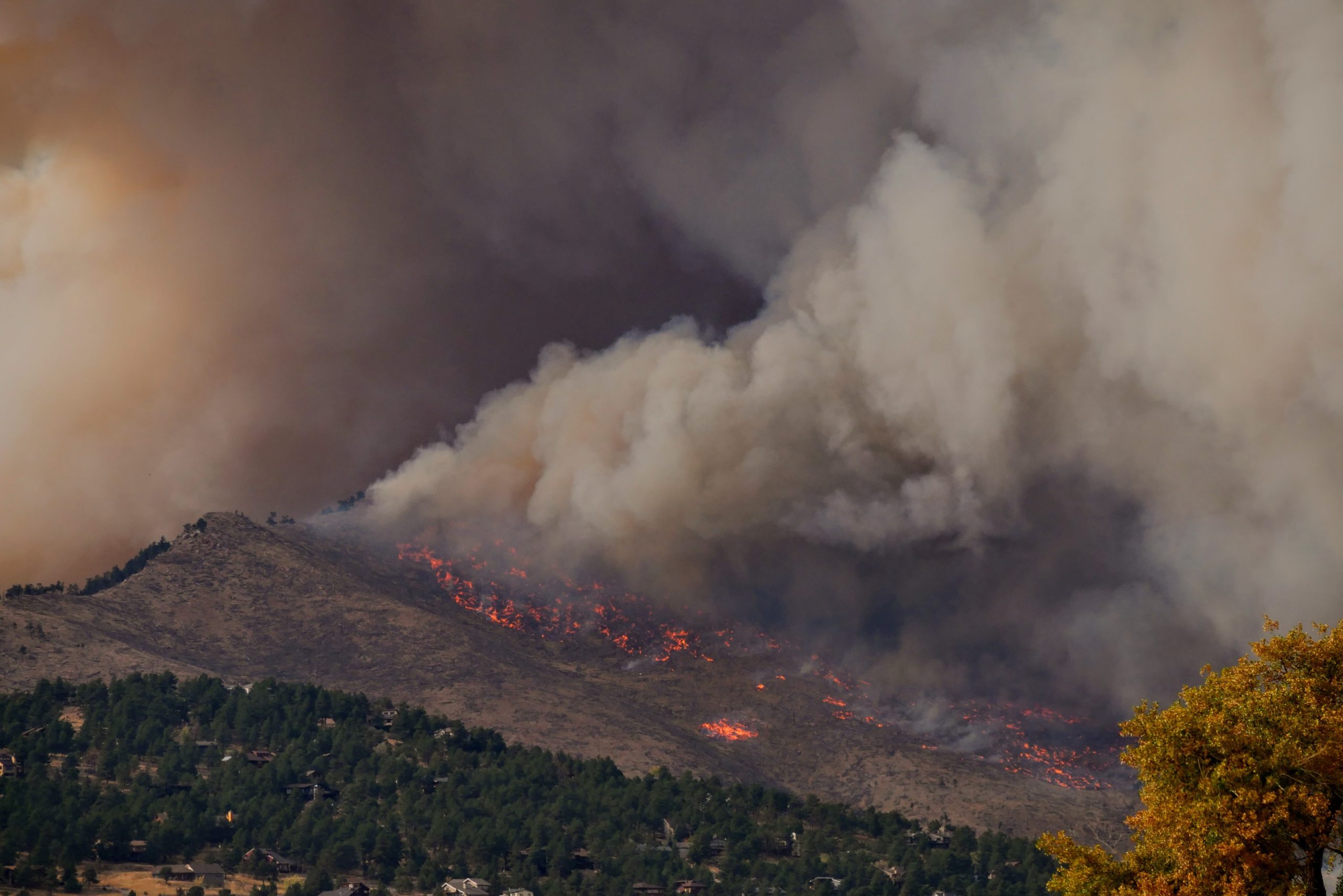Wildfires and Perception Bias

In September, we received the terrible news that a fire was raging in Sequoia National Park. It would be the shame of our generation to lose any of these ancient trees. It feels like our wildfire problem is accelerating to an apocalyptic level.
Each year, over the past 30 years, the United States has averaged 70,000 wildfires, annually burning 5.8 million acres of land. Naturally, some years have been worse than others.
Would you guess that this is a growing problem or is it getting better? I think most of us would guess that this is a problem that is getting worse, but let’s look at the data:
Many folks looking at this chart will be surprised at how relatively level it is. We can see some increase, but it is not as dramatic as it feels. Experience would expect a huge spike in recent years, but the average amount of acres burned has been fairly level the past 15 years, while the number of fires has been dropping.
The lesson is that it doesn’t matter how objective we believe we are. Our perceptions rarely add up to reality. Our experience is merely the accumulation of anecdotes. Yes this adds up to something, but not necessarily the full picture of reality.
Similarly, in our July 2021 newsletter, we showed how a person’s political party affiliation radically changes their confidence as a consumer. This wasn’t to point out that one party is right or wrong, but that we are all biased based on our assumptions and perception.
We are in a very good investing environment and have been for over 10 years. It’s easy to miss the forest for the trees, even if they catch fire now and then.
Tesla Trillion
Tesla’s stock price has been going through the roof the past six months. As one of our long term stock holdings in our equity portfolio, many of you too have enjoyed the ride. This past week it joined the “trillion dollar valuation club” and propelled Elon Musk’s net worth to more than $300 billion dollars.
Adjusted for inflation, the richest person in modern history was John D. Rockefeller. By the time of his death in 1937, his net worth was $418 billion (in today’s money). However, he was not the richest person in history. That title likely goes to Caesar Augustus who personally owned all of Egypt which has been valued at $3.7 trillion dollars in today’s money (Source).
Between Elon Musk’s multiple innovations and holdings, along with his penchant for doing impossible things, he’s on the path to being a trillionaire. A word that my computer insists is a typo. It’s hard to imagine this amount of wealth, particularly for Musk who spends most of his time these days building rockets and living in a 400 square foot modular home that costs $50,000 (Source).
As Tesla’s stock has gone up, we’ve generally diversified the gains. With Tesla’s stratospheric valuation, our concern always goes back to “what is the right valuation” and should we consider an exit? With Tesla in particular, this question has come up many times as it has always been over-valued by traditional means of measurement.
However, there is a case to be made for less than traditional ways to look at this. On October 18, when Musk’s net worth eclipsed the combined net worth of Bill Gates and Warren Buffett, Indian Industrialist Anand Mahindra Tweeted, “Market value is now not a multiple of current earnings but a multiple of audacity, ambition and courage.” (Source)
The only thing we would disagree with is the assessment of “now.” In times past, such as we saw with Amazon in our May 2021 newsletter, companies can stay overvalued for decades. It is indicative of when a company is valued based on “audacity, ambition and courage” which Tesla has in spades. On the other hand, just to set expectations, the “normal” thing after a meteoric risk would be a pullback. This will absolutely happen at some point.

